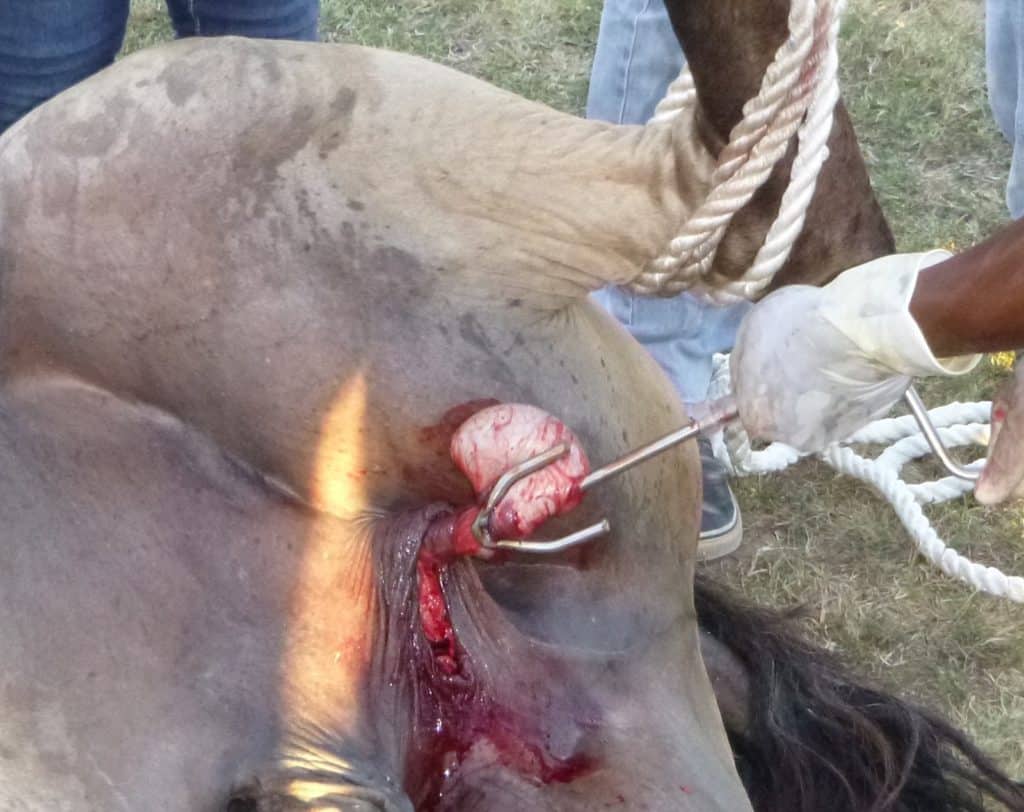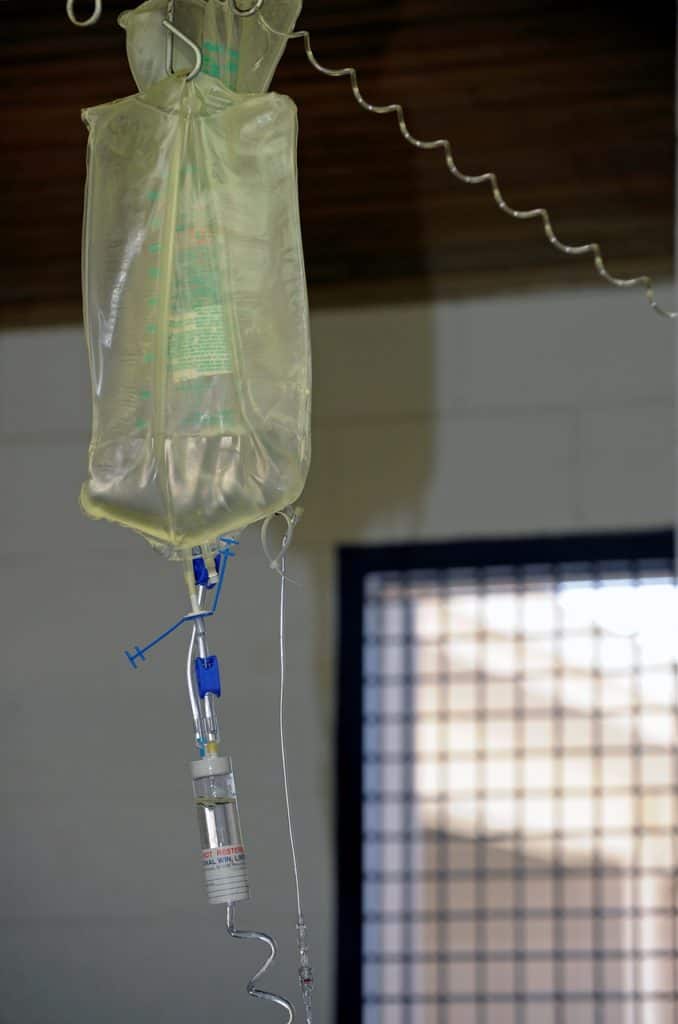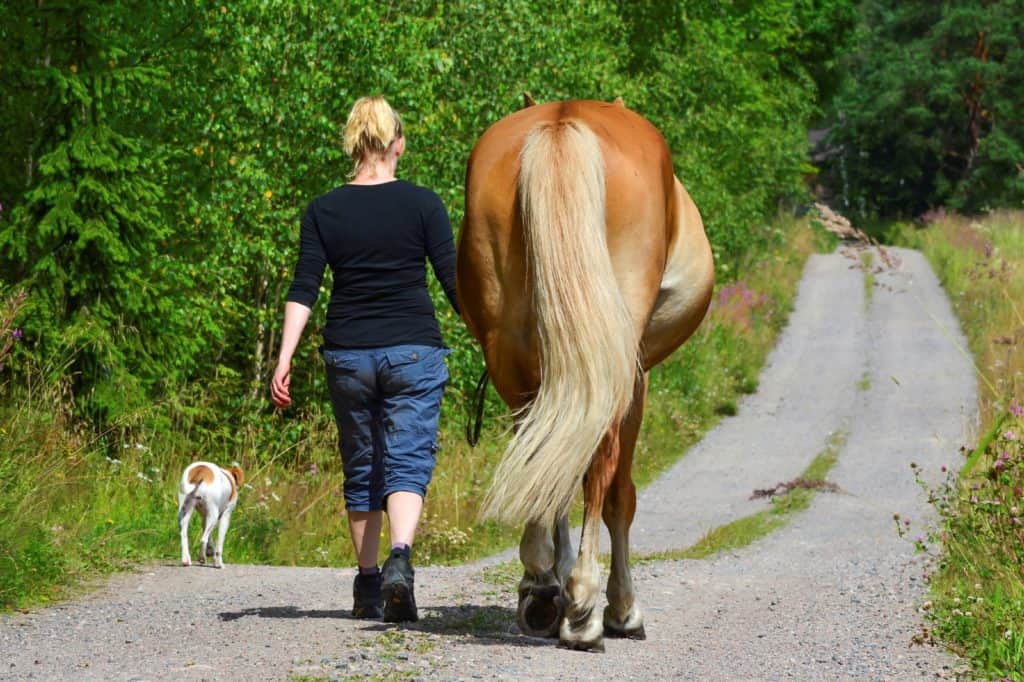
Common Hock Abnormalities Found on MRI
Frequent findings included osteoarthritic changes, sclerosis, and mild bone spurs, among others.

Frequent findings included osteoarthritic changes, sclerosis, and mild bone spurs, among others.

Submitting blood and nasal secretion samples gives vets the best chance of accurately diagnosing EHV, researchers found.

The overall pregnancy rate in this study was 90% and, on average, mares got back in foal about 45 days after abortion.

This tool is simple, affordable, and results in few complications, one equitarian volunteer reported.

Racing performance was unaltered regardless of which technique was used to correct soft palate displacement.

Researchers found that many horses recovering from colic surgery probably don’t require as much water as once thought.

Chronically laminitic mares developed potentially detrimental changes in uterine blood flow during pregnancy.

Post-mortem exams are crucial to determine what caused the abortion. Here’s what your veterinarian will look for.

Learn how researchers determined this was possible and what steps went into developing the final product.

Even small deviations in sensor placement can result in an inaccurate hind-limb lameness diagnosis, researchers found.

Researchers believe pathogenic forms of Leptospira bacteria are associated with more than 60% of ERU cases.

Survival rates were high, and a surgical procedure could help prevent recurrence of this type of colic.

Suspensory ligament disease, a leading cause of poor performance in horses, can be challenging to manage.

Surveyed vets emphasized the importance of control and choice to help combat the stress associated with the profession.

One vet reviews the options practitioners have for determining prognosis and predicting survival for sick foals.

Researchers confirmed that transabdominal ultrasonography can reliably identify worm burdens of more than 10 ascarids.
Stay on top of the most recent Horse Health news with
"*" indicates required fields